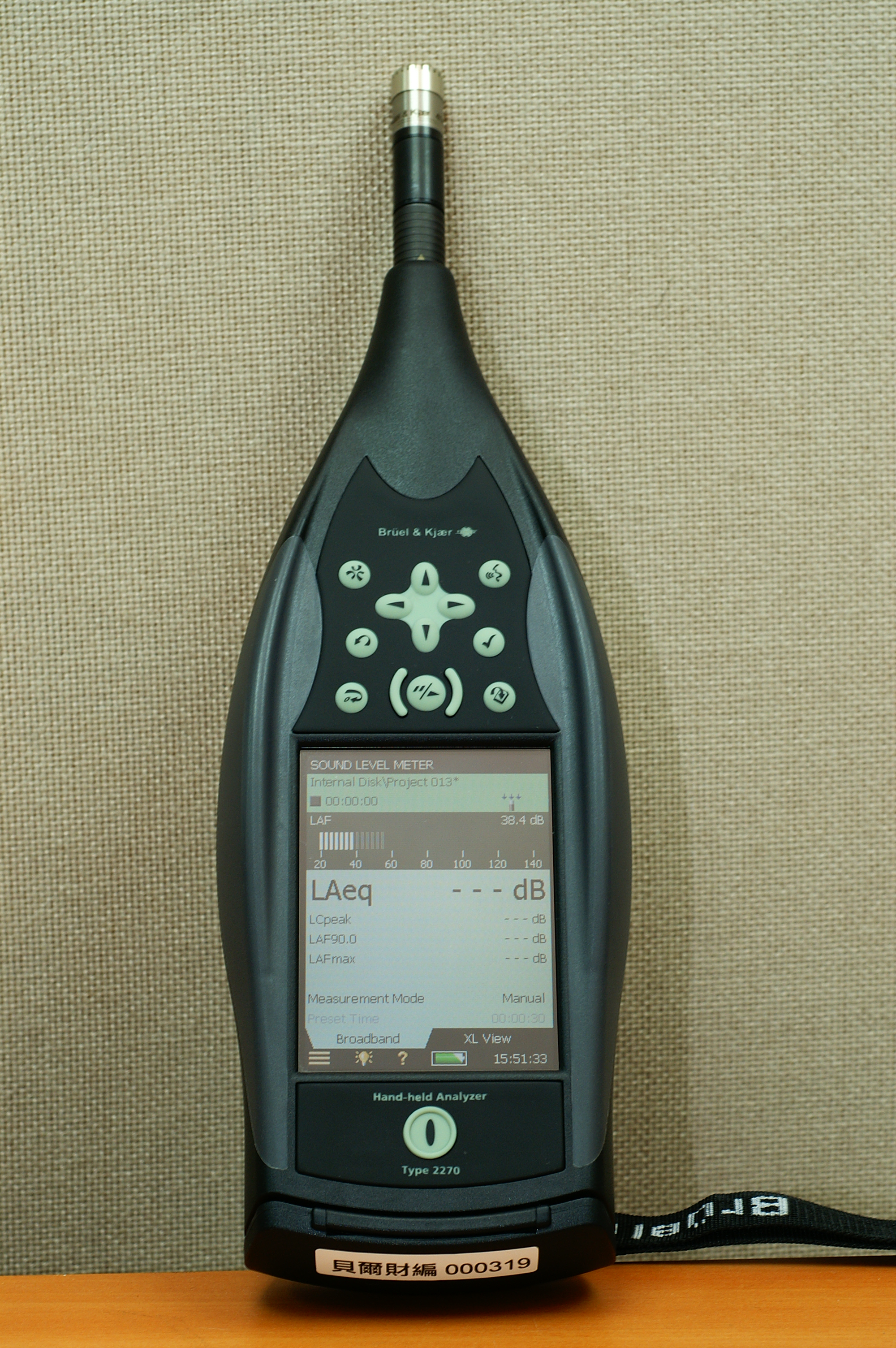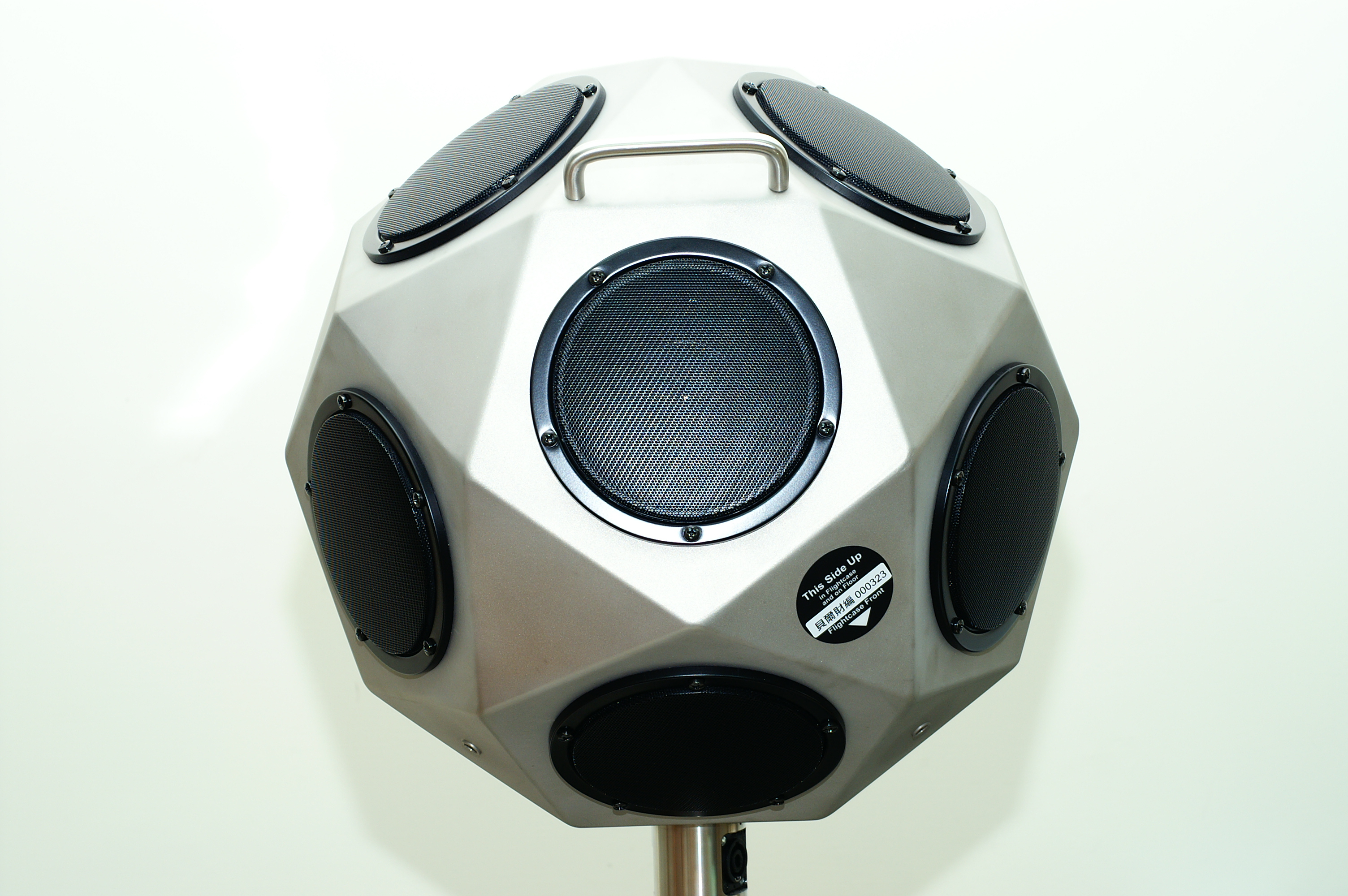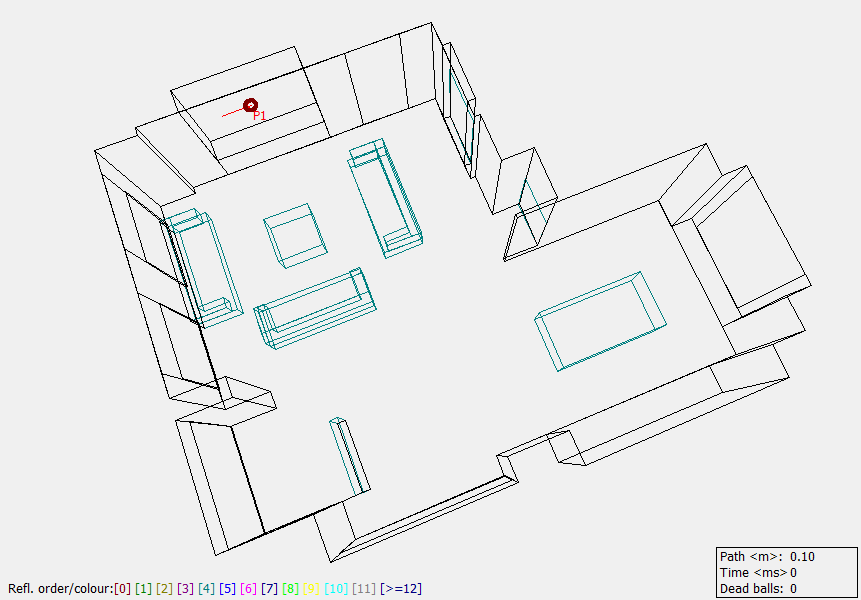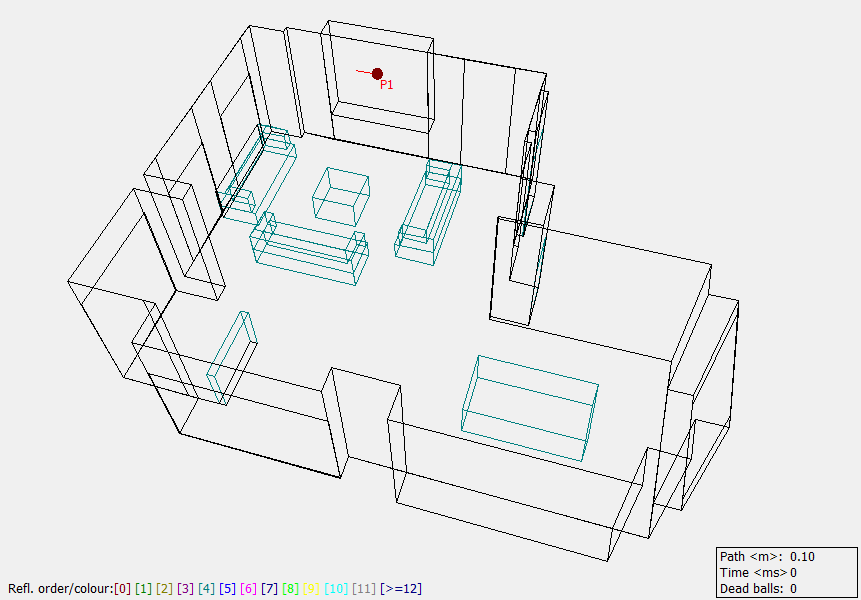
- Noise & Vibration Test
- Microsoft Teams Certification
- Zoom Certification
- Google Meet Certification
- Amazon Alexa Certification
- Google Assistant Test
- Microsoft Cortana Test
- Electro-acoustic Device Performance Test
- EN 50332 Maximum Sound Pressure Test
- MOS-LQO
- Architecture & Room Acoustics
- USI Stylus Certification
Architectural Acouscits - Design and Measurement
Sound Insulation-Design and Measurement
Have you ever complained the noise around your living environment? Did your windows or doors tremble when the heavy vehicle or MRT passed by? Did it bother you when someone flushed the toilet during the midnight?
PAL has a good acoustic team and accurate instrument (Brüel & Kjær - Hand-held Analyzer - Type 2270, from Denmark) to solve this kind of noise problems. In addition to the basic measurement of background noise, PAL is able to assign suitable soundproof materials based on different requests for noise rating curves. Besides, PAL could provide scheme or improvement of sound insulation for room and building constructions.

<Figure 1> Hand-held Analyzer
Room Acoustics-Design, Simulation and Measurement
Have you ever disturbed by echoes in luxury lobbies? Have you ever terrified by a sound coming from nowhere in dome-shaped restaurants? Do you feel orchestral music too dry that you could not enjoy it in the concert hall? Do you feel regret that can not be xicated in listening orchestral music in the concert hall?
The phenomenon relates to the reverberation time and echoes.
Longer reverberation time denotes stronger reflections and it raises the sound pressure level about 10dB(A) inside the room and the possibility of echoes. Reverberation time in mid-frequency falls between 1.5~2.0 seconds in a good concert hall. Nevertheless, longer reverberation time decreases the STI value, i.e., the quality of speech transmission. Consequently, PAL makes effort in optimizing the reverberation time for different purpose of indoor rooms or architectures.
Figures below are the instrument for measuring the reverberation time and the animation by the sound-field simulation software.

< Figure 2> OmniPower Sound Source

< Figure 3> Sound source simulation: display of scattering and echoes (single plane)

< Figure 4> Sound source simulation: 3D random
What PAL Can Provide?
● Measurement
Measuring background noise, sound insulation between rooms and floors, reverberation time, STI (Speech Transmission Index), and any other acoustic properties of a room.
● Simulation
PAL is capable of simulating the behavior of the sound field inside the rooms. In addition to provide the acoustic parameters such as T30 (s), EDT (s), D50 (%),C80 (dB), Ts [ms], G (dB), LF80 (%),STI, PAL could also export different sound sources under simulated sound field as WAV file that customers may listen to it and feel how it sounds like.
● Design
◆ Sound insulation
PAL could design good sound insulation according to different request of noise rating and assign suitable soundproof materials. PAL also has the ability to provide some policy to decrease disturbing vibration and noise from outdoors.
◆ Room acoustics
PAL could design suitable sound field for different purpose such as speech or opera. Besides, echoes and clamorous environment could be well controlled in large volume rooms.
Test Fee and Quotation
If you need more info, please contact with PAL’s sales representative:
E-mail: sales@pal-acoustics.com
Phone: 886-2-26272515
Definition
● Noise Rating (NR curves)
The spectra of the noise rating curves in the octave-band sound pressure level is highest at the lowest frequencies and decreases progressively with increasing frequency; less annoyance is caused by low frequency noise than by a higher frequency noise at the same sound pressure level.
● STC (Sound Transmission Loss)
Sound Transmission Loss represents a partition’s resistance to airborne sound especially at the speech frequencies (125-4000 Hz). The higher the STC number, the more airborne sound the partition blocks.
● Reverberation Time, T
The reverberation time, T (expressed in seconds) is the duration required for the space-averaged sound energy density in an enclosure to decrease by 60 dB after the source emission has stopped.
T can be evaluated based on a smaller dynamic range than 60 dB and extrapolated to a decay time of 60 dB. It is then labeled accordingly. Thus, If T is derived from the time at which the decay curve first reached 5 dB and 25 dB below the initial level, it is labeled T 20. If decay values of 5 dB to 35 dB below the initial level are used, it is labeled T 30.
● STI (Speech Transmission Index)
A value between 0 and 1 . Higher STI means better quality of speech transmission.
Conforming Service to ISO
ISO 140-4 Acoustics – Measurement of sound insulation in buildings and of building elements – Part 4: Field measurements of airborne sound insulation between rooms
ISO 140-5 Acoustics – Measurement of sound insulation in buildings and of building elements – Part 5: Field measurements of airborne sound insulation of façade elements and façades
ISO 140-7 Acoustics – Measurement of sound insulation in buildings and of building elements – Part 7: Field measurements of impact sound insulation of floors
ISO 717-1 Acoustics – Rating of sound insulation in buildings and of building elements – Part 1: Airborne sound insulation
ISO 717-2 Acoustics – Rating of sound insulation in buildings and of building elements – Part 2: Impact sound insulation
ISO 3382-1 Acoustics – Measurement of room acoustic parameters – Part 1: Performance spaces
ISO 3382-2 Acoustics – Measurement of room acoustic parameters – Part 2: Reverberation time in ordinary rooms
